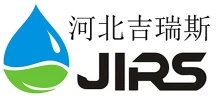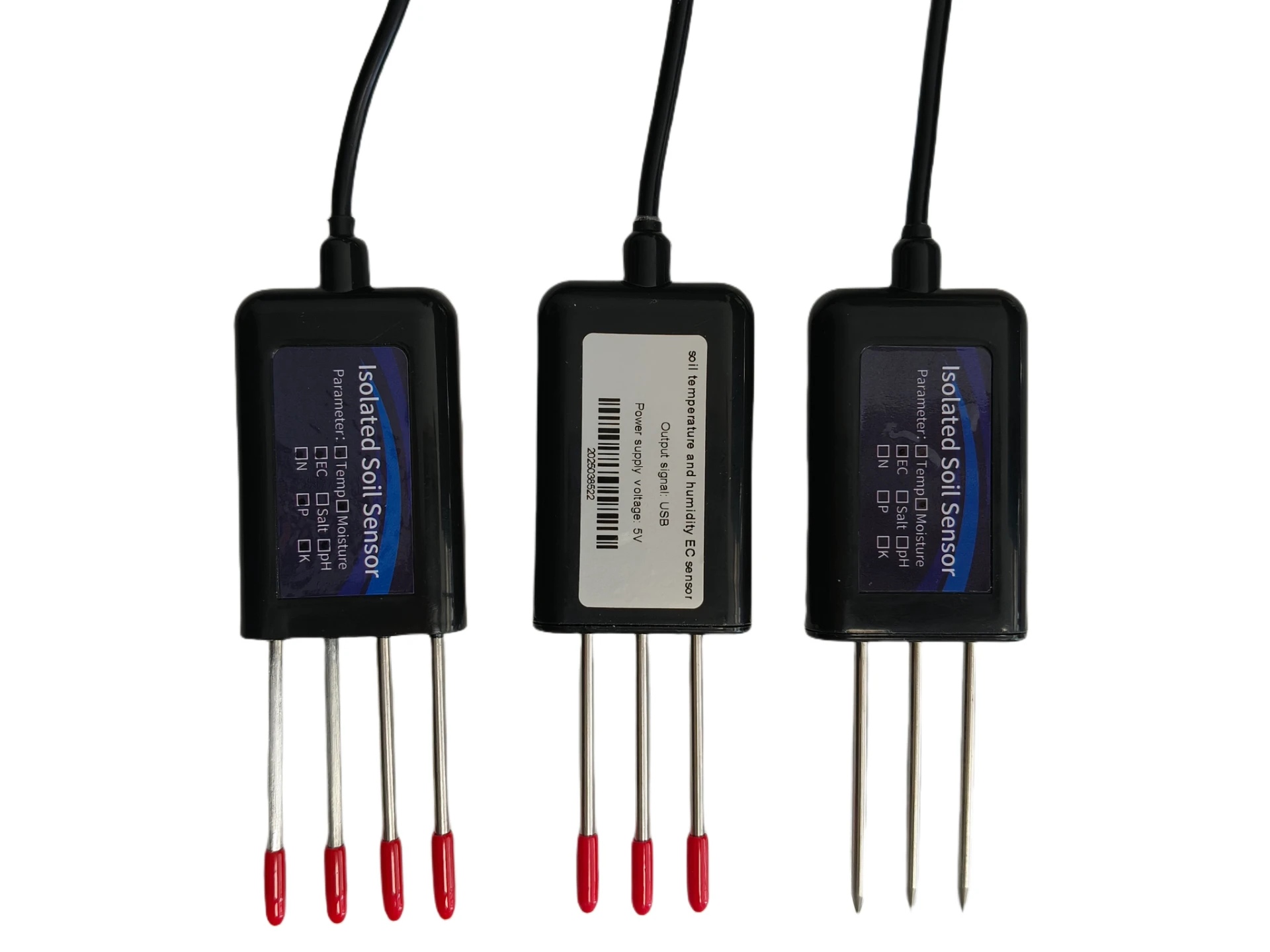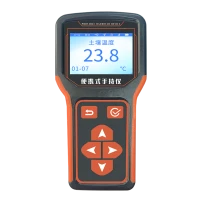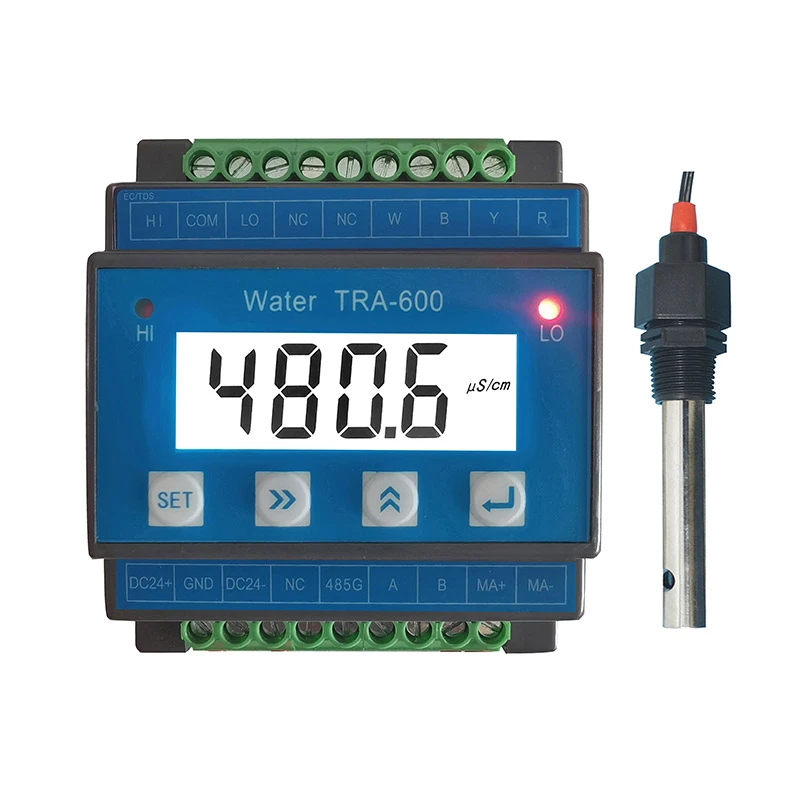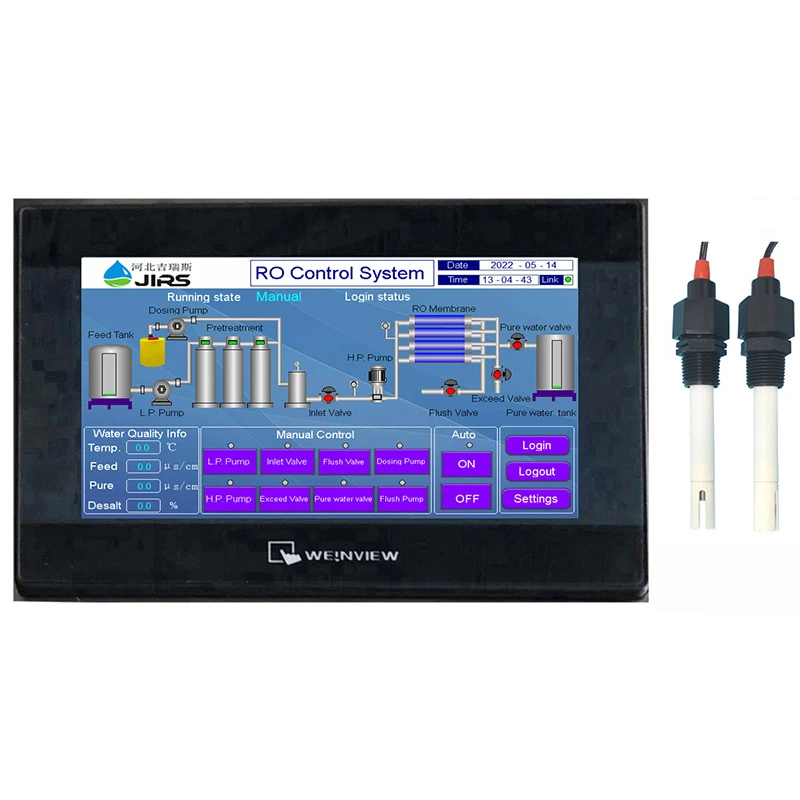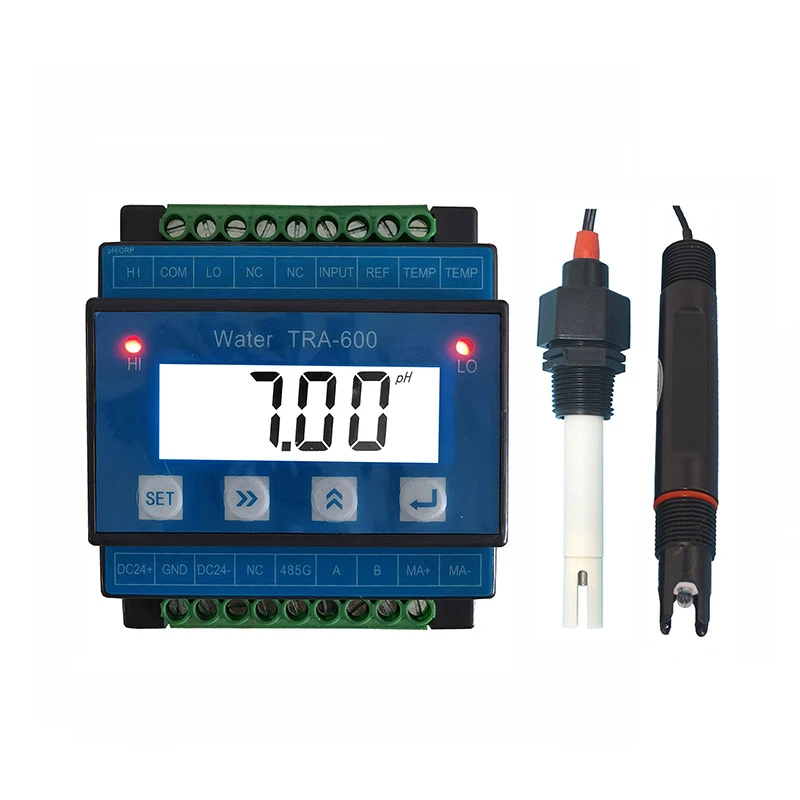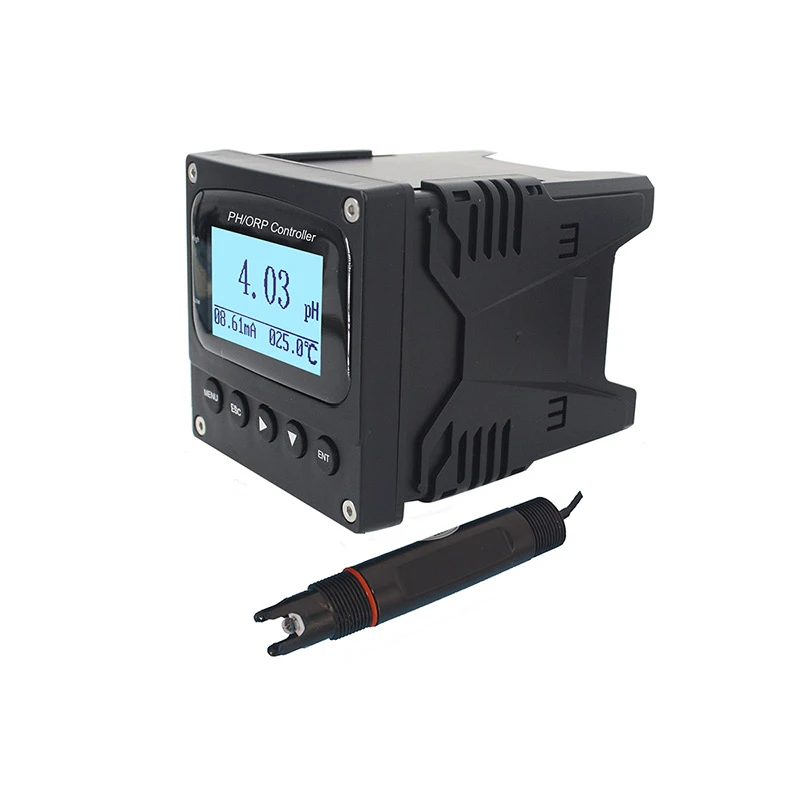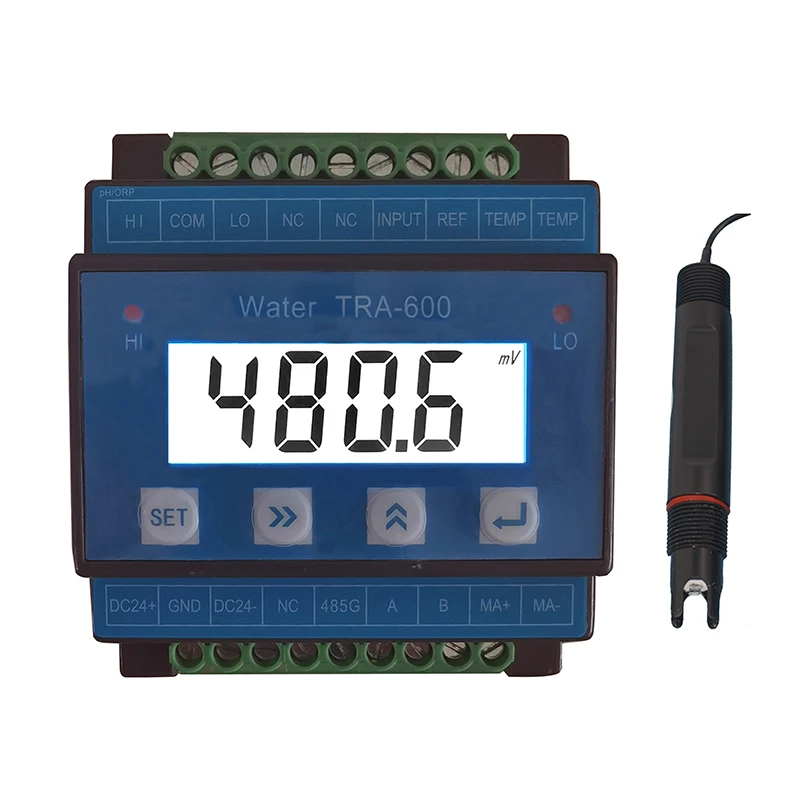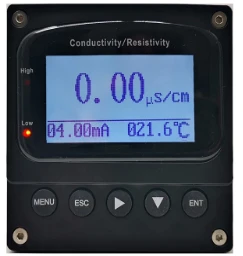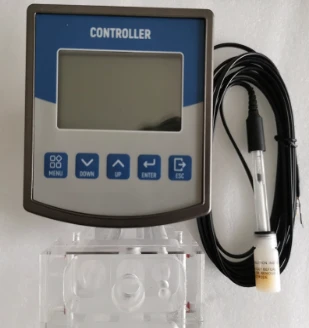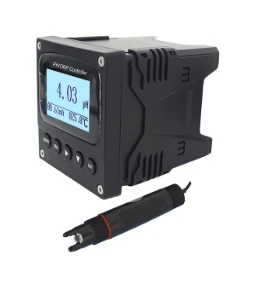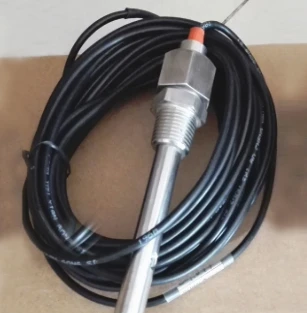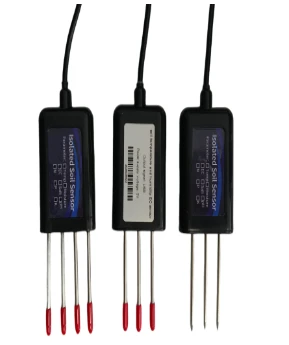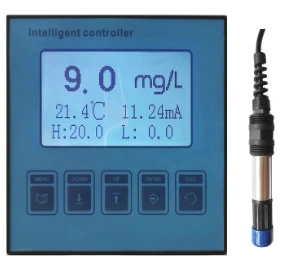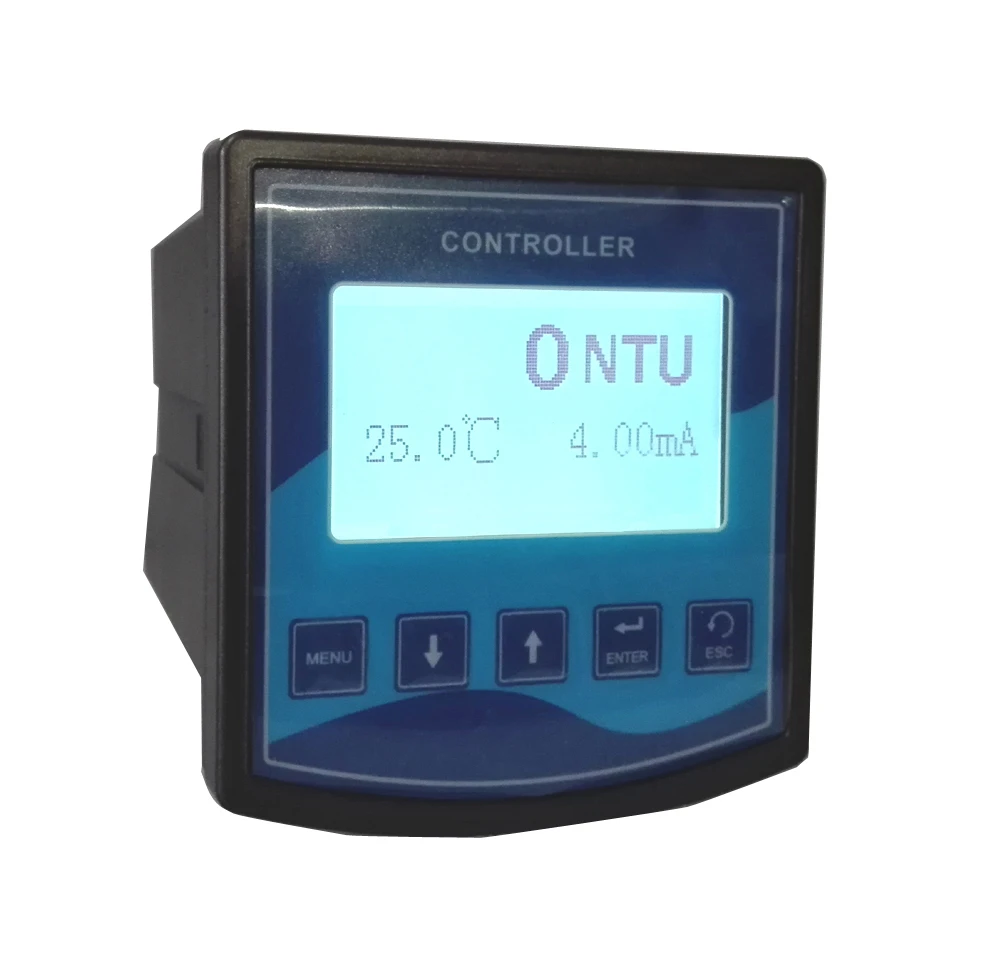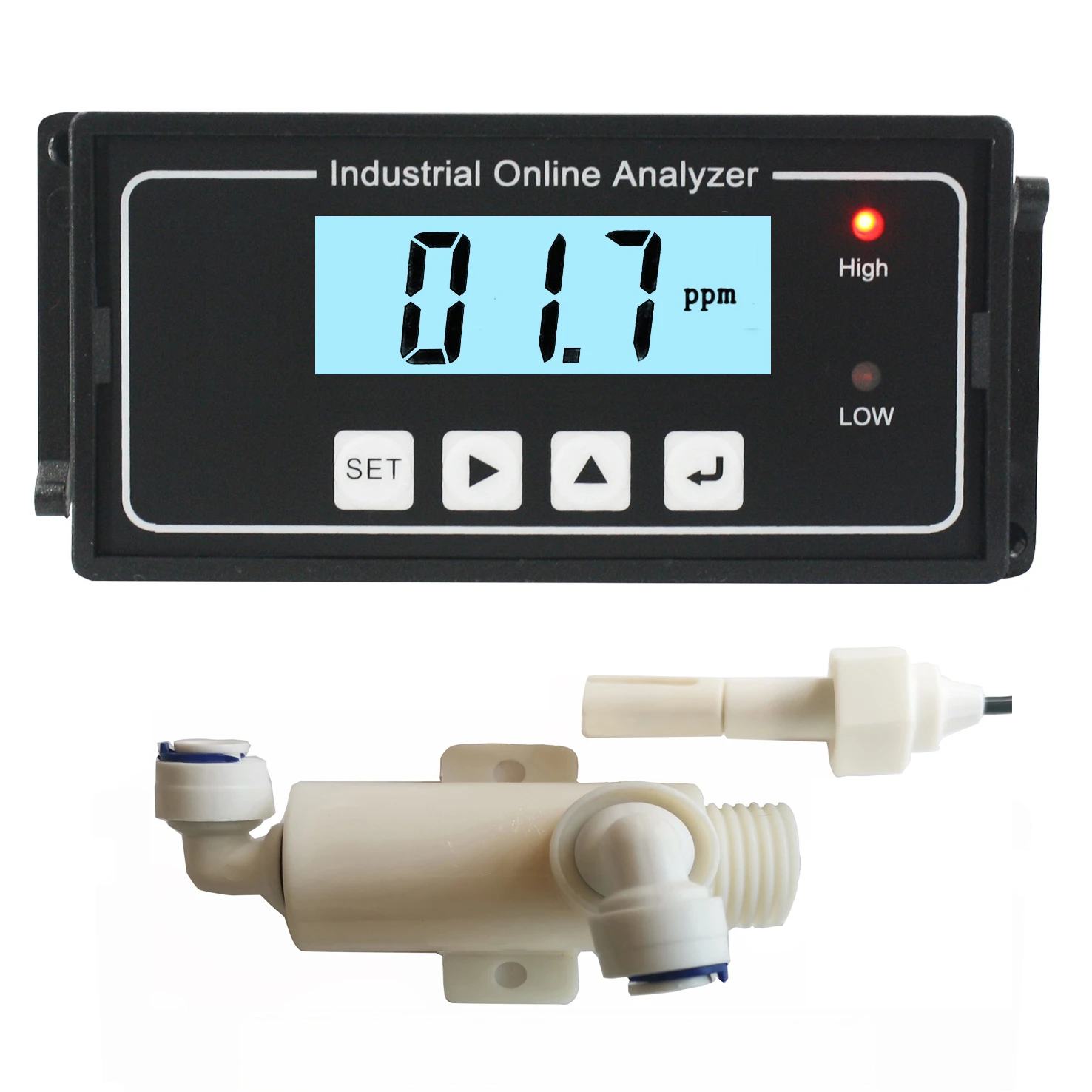Precision Soil Sensor with AI Analysis
Ago . 01, 2025
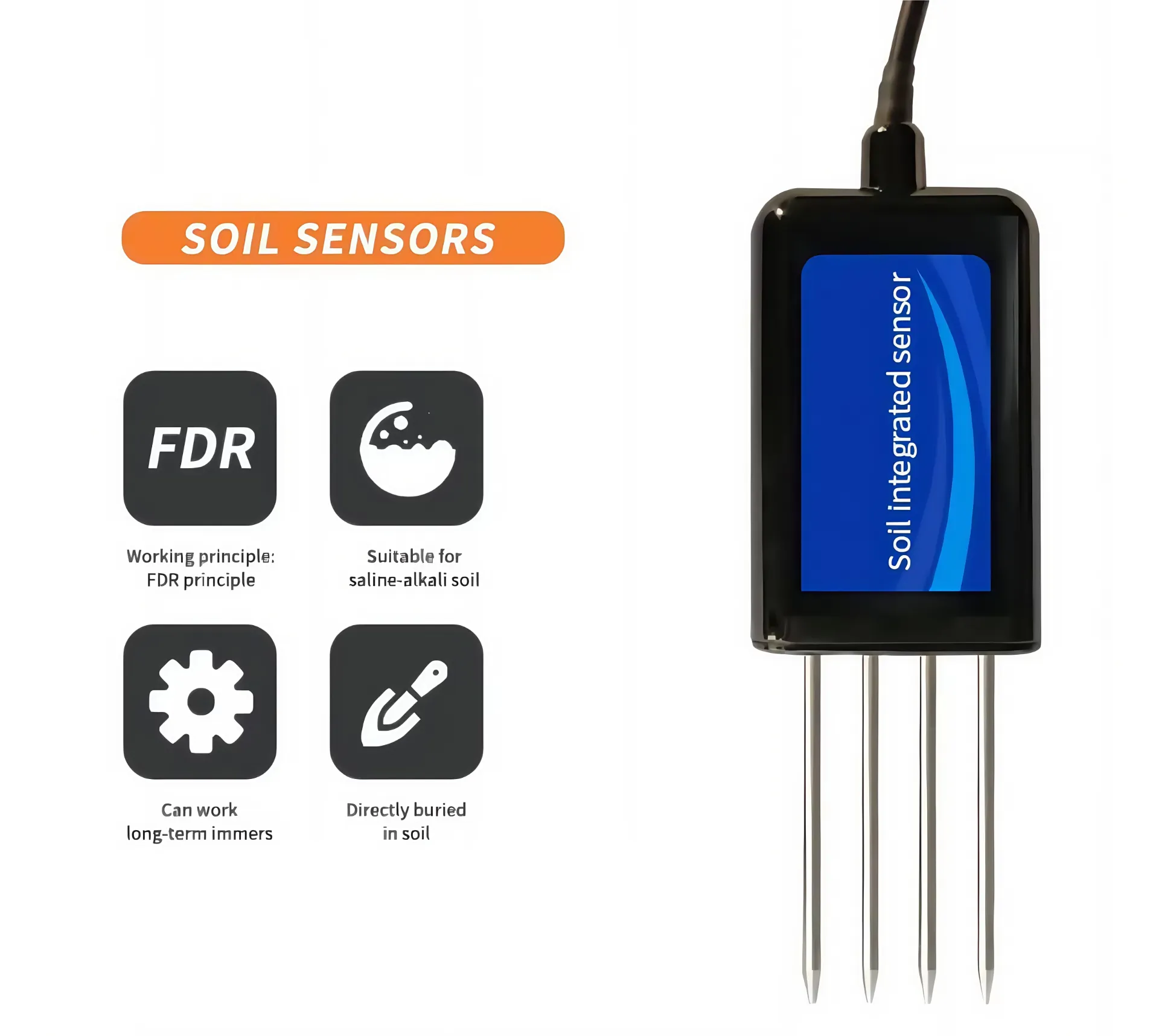
In the era of sustainability and smart agriculture, Soil Sensor technology has rapidly emerged as a fundamental tool for precision environmental monitoring. These advanced devices, also recognized as "soil probes" or "soil analyzers," provide real-time, accurate measurements of vital soil parameters, directly bolstering productivity and sustainability in sectors such as agriculture, landscaping, petrochemical, metallurgy, water management, and environmental engineering.
This in-depth guide explores the latest Soil Sensor industry trends, technical parameters, competitive benchmarks, manufacturing process, and practical application scenarios, enabling stakeholders to make informed decisions for tailored solutions.
Soil Sensor Industry Trends (2024-2028)
- ✓Global Soil Sensor market size expected to reach $800+ million USD by 2028 (MarketsandMarkets).
- ✓Integration with IoT, cloud computing, and AI analytics for Big Data-driven soil management.
- ✓Growing demand for high-frequency, low-power, and multi-parameter sensors.
- ✓Emerging adoption in smart irrigation, environmental remediation, and automated landscaping.
- ✓Compliance with global standards: ISO 11277, ISO 11074, ANSI/ASABE S629, and more.
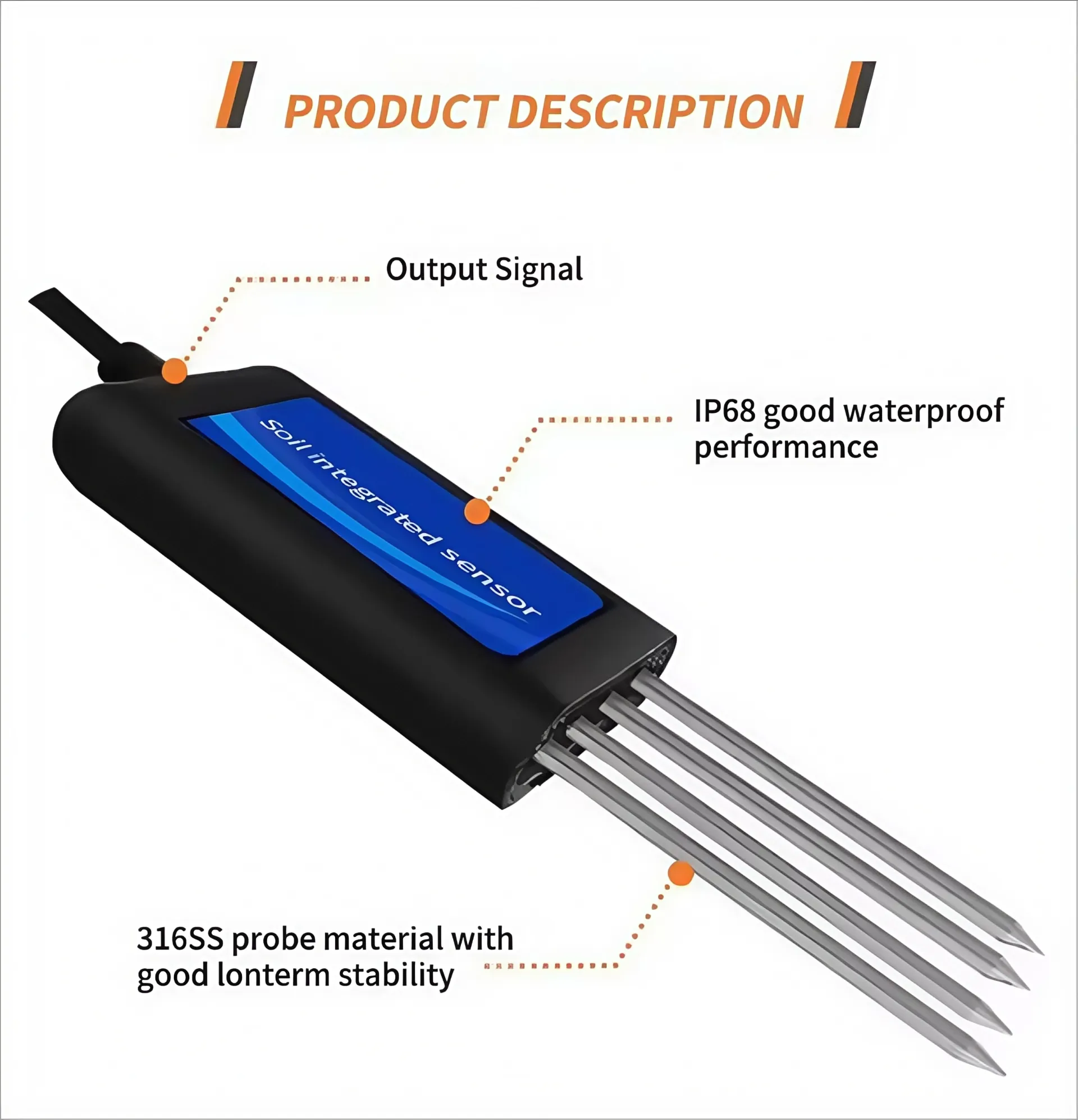
Technical Parameters & Specifications of Soil Sensor
| Parameter | Typical Value | Measurement Range | Accuracy | Remarks |
|---|---|---|---|---|
| Soil Moisture | 0-100% | 0%-100% | ±2% | Capacitive/Resistive |
| Soil Temperature | -40~85°C | -40 to 100°C | ±0.2°C | Thermistor/RTD |
| pH Value | 3-9 | 2-12 | ±0.1 | Glass Electrode |
| EC (Conductivity) | 0-10 mS/cm | 0-20 mS/cm | ±0.02 mS/cm | Platinum Electrode |
| Signal Output | RS485/4-20mA/0-5V | - | - | Modbus/Analog |
| Power Consumption | <60mW | 12-24V DC | - | Low Power Design |
| Ingress Protection | IP67/IP68 | - | - | Dust & Water Proof |
| Operating Life | ≥10 years | - | - | Field-validated |
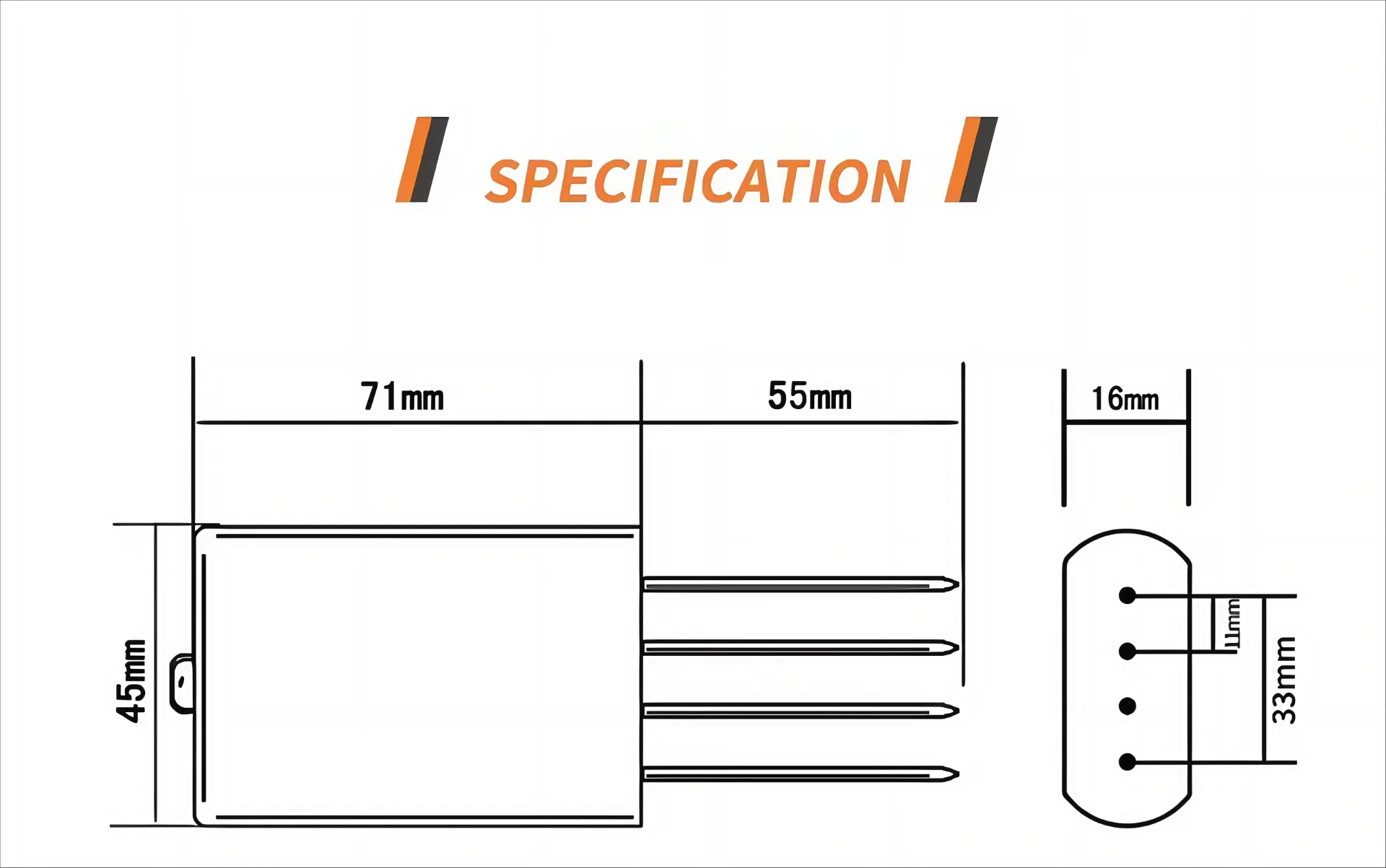
Manufacturing Process: Soil Sensor Engineering Flow
(meets ISO 9001:2015/ANSI)
- Material: Industrial grade PC/ABS, 316L stainless steel for probe, Platinum/Glass electrode for EC/pH (ISO 11277, FDA, RoHS compliant)
- Process: High-tolerance CNC shaping, vacuum encapsulation, ultrasonic sealing (±0.02mm tolerance)
- Standard: Full compliance with ISO 11277, ANSI/ASABE S629, GB/T 22314, CE/EMC safety certification
- Durability: Designed for ≥10-year outdoor operation, IP67/IP68 ingress protection, anti-UV and anti-corrosive surfaces for extreme soil conditions
- Industries: Agriculture, Landscaping, Petrochemical, Metallurgy, Water/Wastewater Management, Urban Construction, Research
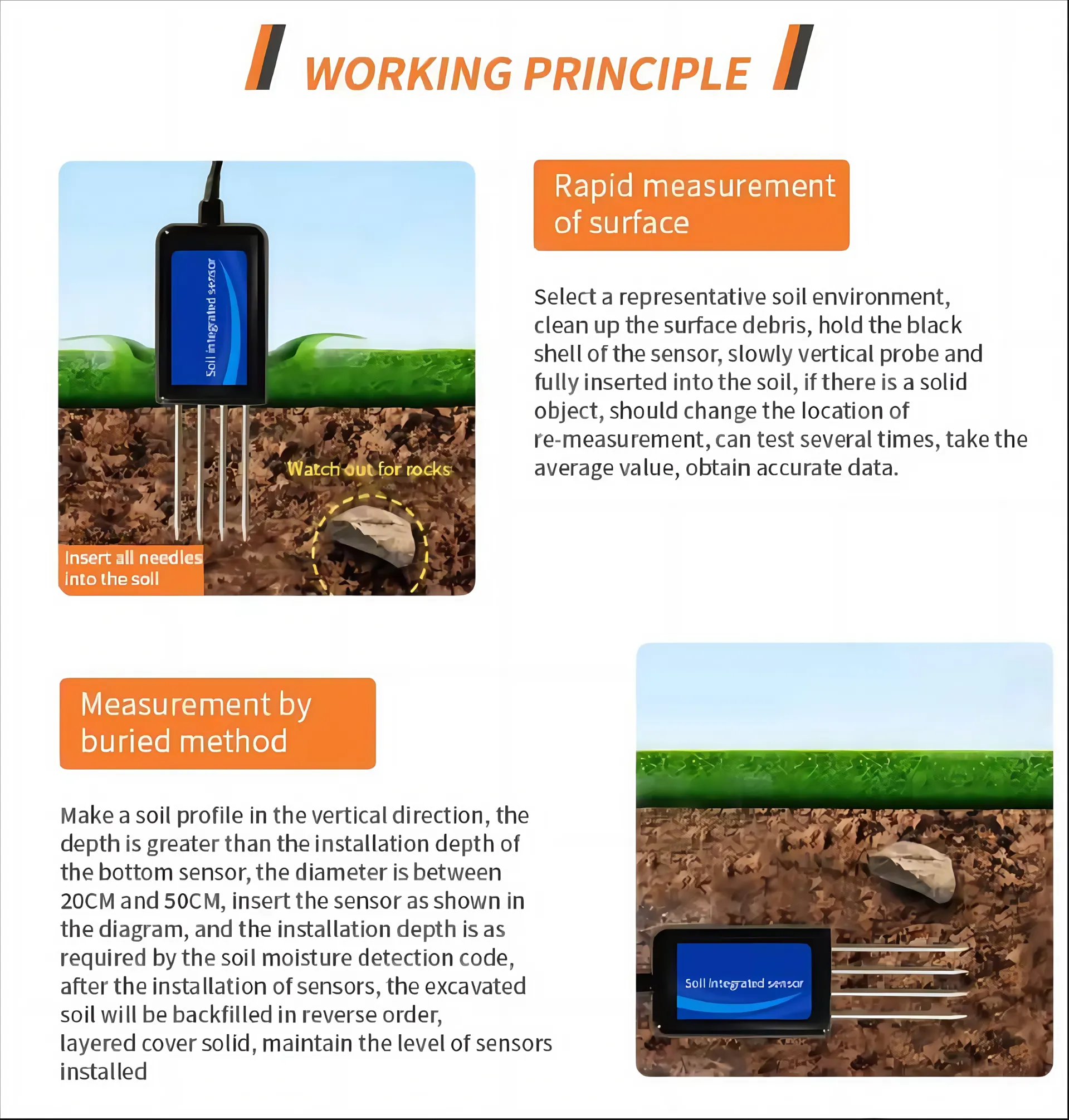
Soil Sensor Competitive Comparison (2024)
| Brand | Model | Core Material | Moisture Accuracy | Output Signal | Ingress Protection | Life Span | Certifications |
|---|---|---|---|---|---|---|---|
| WATEQUIPMENT | ST-500 PRO | 316L SS+PC/ABS | ±2% | RS485, 4-20mA, 0-5V | IP68 | ≥10 years | ISO, CE, RoHS, FCC |
| SoilTech | X5 | 304 SS+ABS | ±2.5% | RS485, Analog | IP67 | 8 years | CE, FCC |
| AgroSense | 220 | Brass+ABS | ±3.0% | Analog | IP65 | 5 years | CE |
| XYZ Enviro | AquaProbe | 304 SS+Plastic | ±3.5% | 0-5V | IP65 | 4 years | CE, EMC |
Customized Soil Sensor Solutions
- ✓Multi-parameter integration: Temperature, EC, Salinity, pH, NPK in one device
- ✓Form factor from miniaturized probe (Ø8mm) to robust industrial housing (Ø40mm)
- ✓Software tailormade for Modbus, LoRaWAN, NB-IoT, WiFi – ready for any smart network
- ✓OEM/ODM branding, project-tailored calibration & reporting
Warranty: 3 years standard, extendable to 5 years (inquire for upgrade).
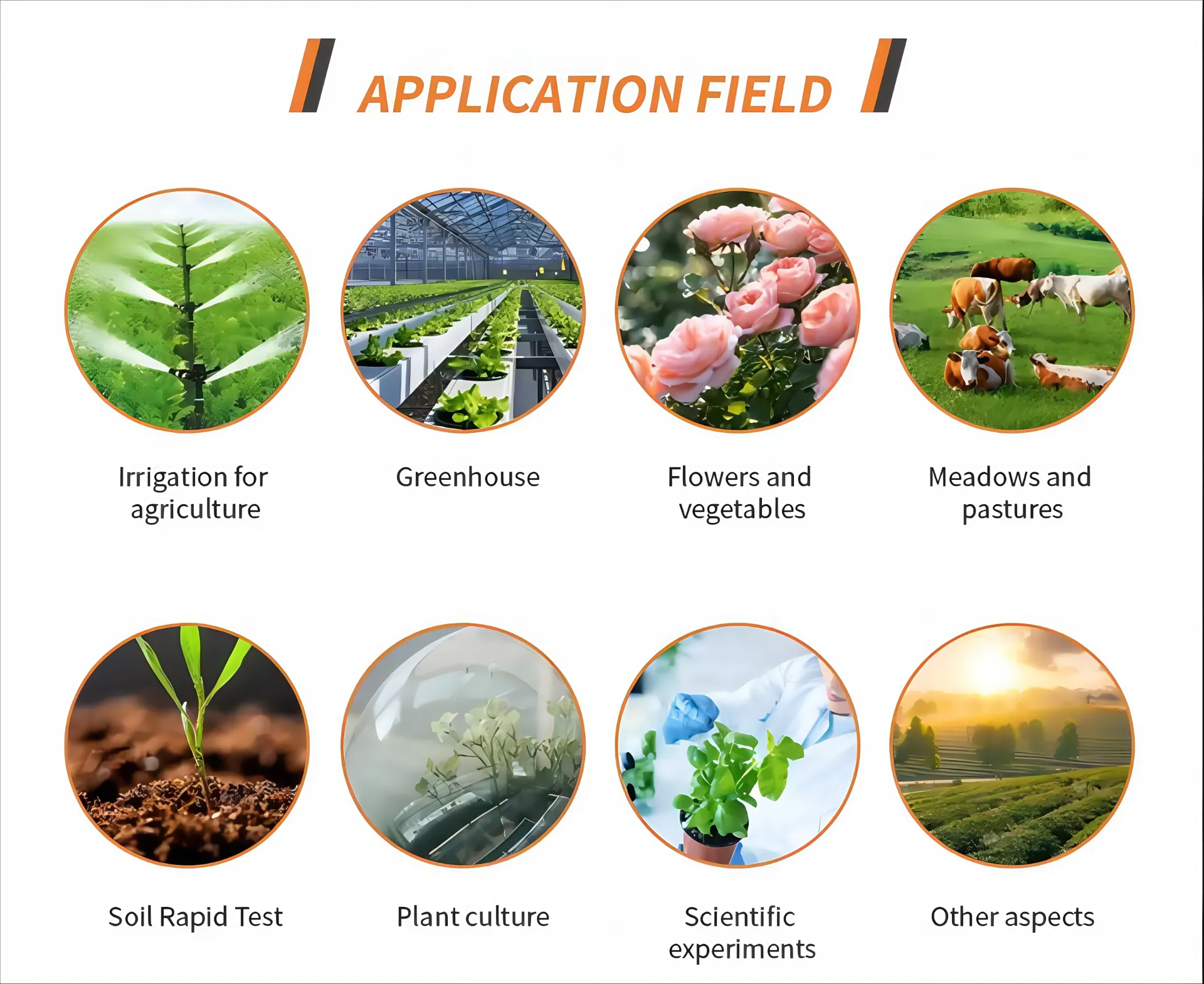
Recent Customization Cases
Challenge: High soil salinity, drought-prone climate
Solution: Deployment of 350+ networked Soil Sensor probes (RS485+LoRa) with high salinity detection and adaptive thresholding.
Benefit: 34% irrigation water savings, 13% yield increase in two harvests.
Quote (AgroCoop Eng.): “The robust build and accurate readings outperformed our previous sensors and enabled us to automate irrigation schedules with confidence.”
Challenge: Hydrocarbon contamination, remote harsh environments
Solution: Customized explosion-proof (EX d) Soil Sensor, IP68, extended pH range (2–12), periodic Modbus RTU remote monitoring.
Benefit: Continuous regulation compliance, reduced manual soil sampling, 24/7 site coverage.
Quote (EnviroEng Corp.): “The custom EX sensors delivered precise results in challenging sites while standing up to extreme chemical exposure.”
Challenge: Typhoon/rainwater drainage management
Solution: Integration of real-time Soil Sensor moisture mapping with automated sprinklers via NB-IoT.
Benefit: Prevented 650+ man-hours of overwatering, improved grass coverage by 11%.
Application Scenarios: Unleashing Soil Sensor Advantages
- ✓Agriculture: Precision irrigation, fertilizer optimization, drought management
- ✓Petrochemical: Soil remediation, leak/contamination monitoring, EX zone deployment
- ✓Water Management: Riverbank, floodplain, and urban stormwater soil health
- ✓Metallurgy: Tailings pond integrity, acid/alkali infiltration prevention
- ✓Environmental Engineering: Landfill, urban park, brownfield rehabilitation, landscaping
- ✓Smart Cities: ESG, green coverage statistics, public landscaping automation
- ✓Research: Universities, soil labs, government agencies

- ✓Ultra-low drift, stable readings in saline, acid, or heavy-clay soils
- ✓Zero-maintenance: No cleaning or recalibration for up to 2 years
- ✓Fast-response (
- ✓Ruggedized for -40°C frost to 80°C tropics
- ✓Plug-and-play, fully compatible with mainstream irrigation and SCADA systems
- ✓Conforms to FDA/ISO standards for safety-critical installations
Certifications, Authority & Service Pledge
- ISO 11277 Soil Quality (Texture & Moisture)
- ANSI/ASABE S629 (Sensor Performance)
- GB/T 22314 National Metrology
- CE (EU EMC, LVD, RoHS directives)
- Bureau Veritas, SGS, Intertek 3rd-party inspection available
- Over 1,500 enterprise clients across 46 countries
- 10+ years proven field deployments in harsh industrial, commercial, and agricultural environments
- Collaborations: Syngenta, Bayer Crop, FAO, Sinopec, State Grid, Local Water & Parks Departments
Expert FAQ: Soil Sensor Technology
FAQ: Delivery, Warranty & Customer Support
- Delivery time: Inventory models ship in 48 hours; custom models 15–40 days depending on complexity.
- Quality warranty: Industry-best 3 years (5 optional); replacements/returns processed within 7 business days.
- After-sales support: 24/7 technical hotline, remote diagnosis, on-site calibration & training worldwide.
- Compliance: All shipments include full testing & QC certification. 3rd-party testing (SGS etc.) available.
- Documentation: Complete LVD/EMC reports, RoHS, manual, and installation guide shipped with every device.

Reference & Further Reading
- MarketsandMarkets – Soil Moisture Sensor Market Analysis (2024-2029)
- ISPRS Archives – Advancements in Soil Sensor Network Deployment
- ResearchGate – Application of Soil Sensors in Precision Agriculture (peer review)
- Agriculture.com – How to Choose Soil Moisture Sensors
- Soil Science Society of America – Technical Resources & Forums
Related Products
Related News
